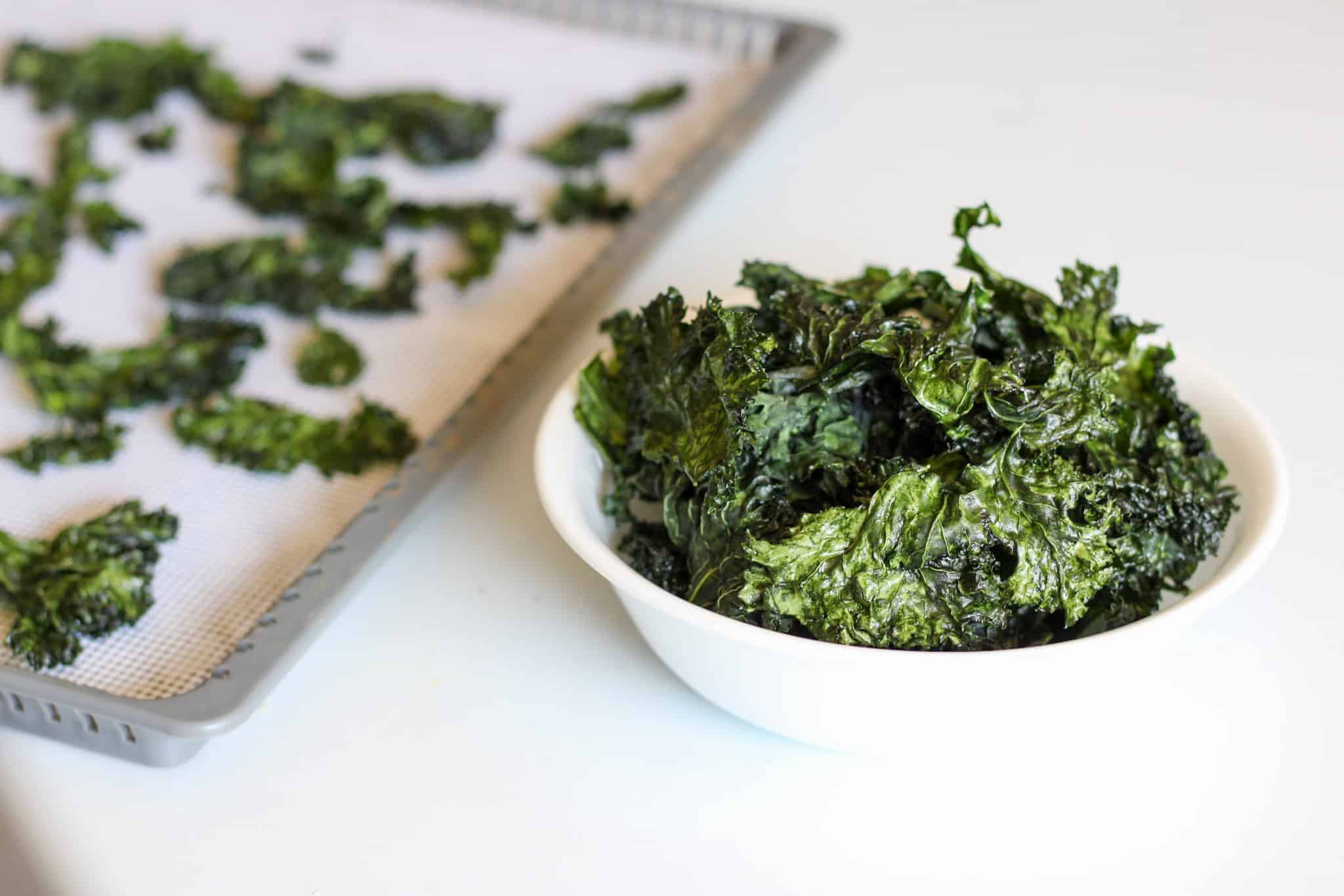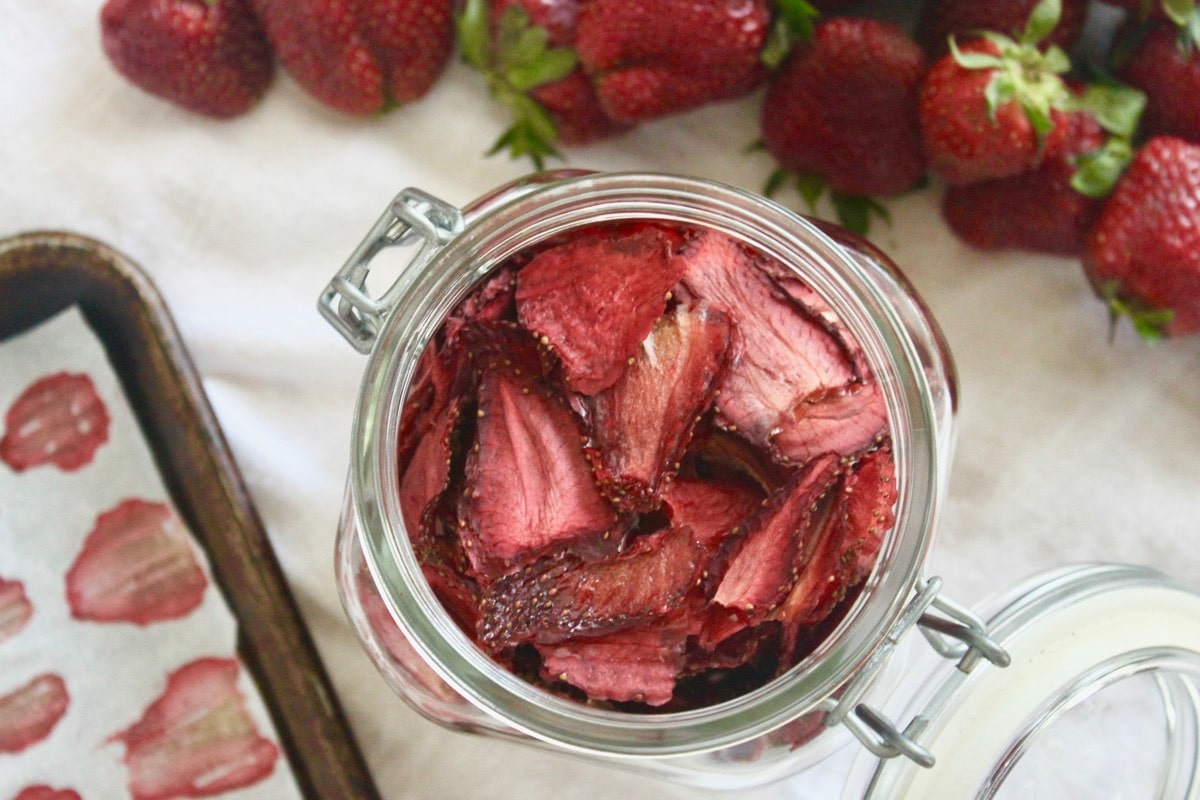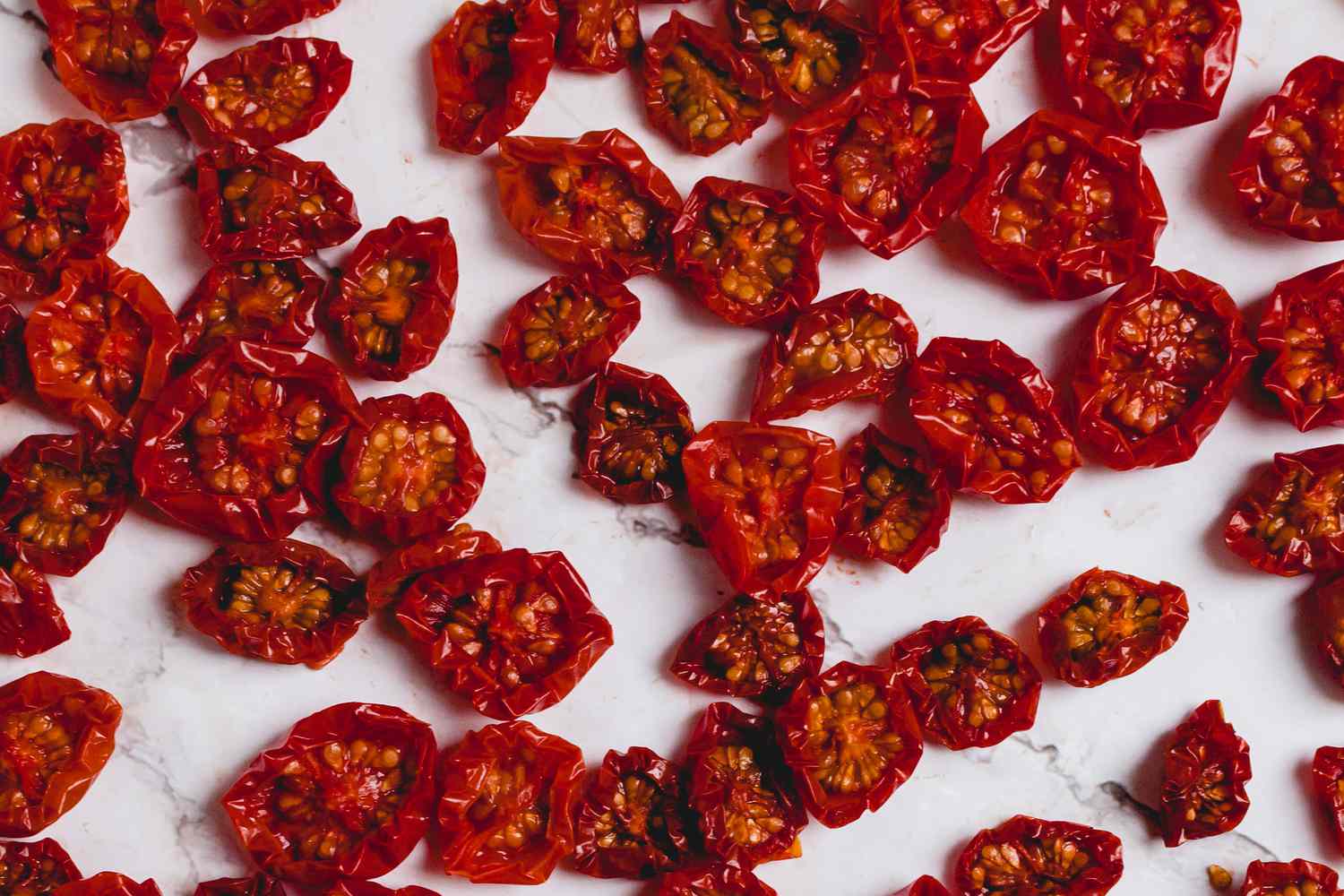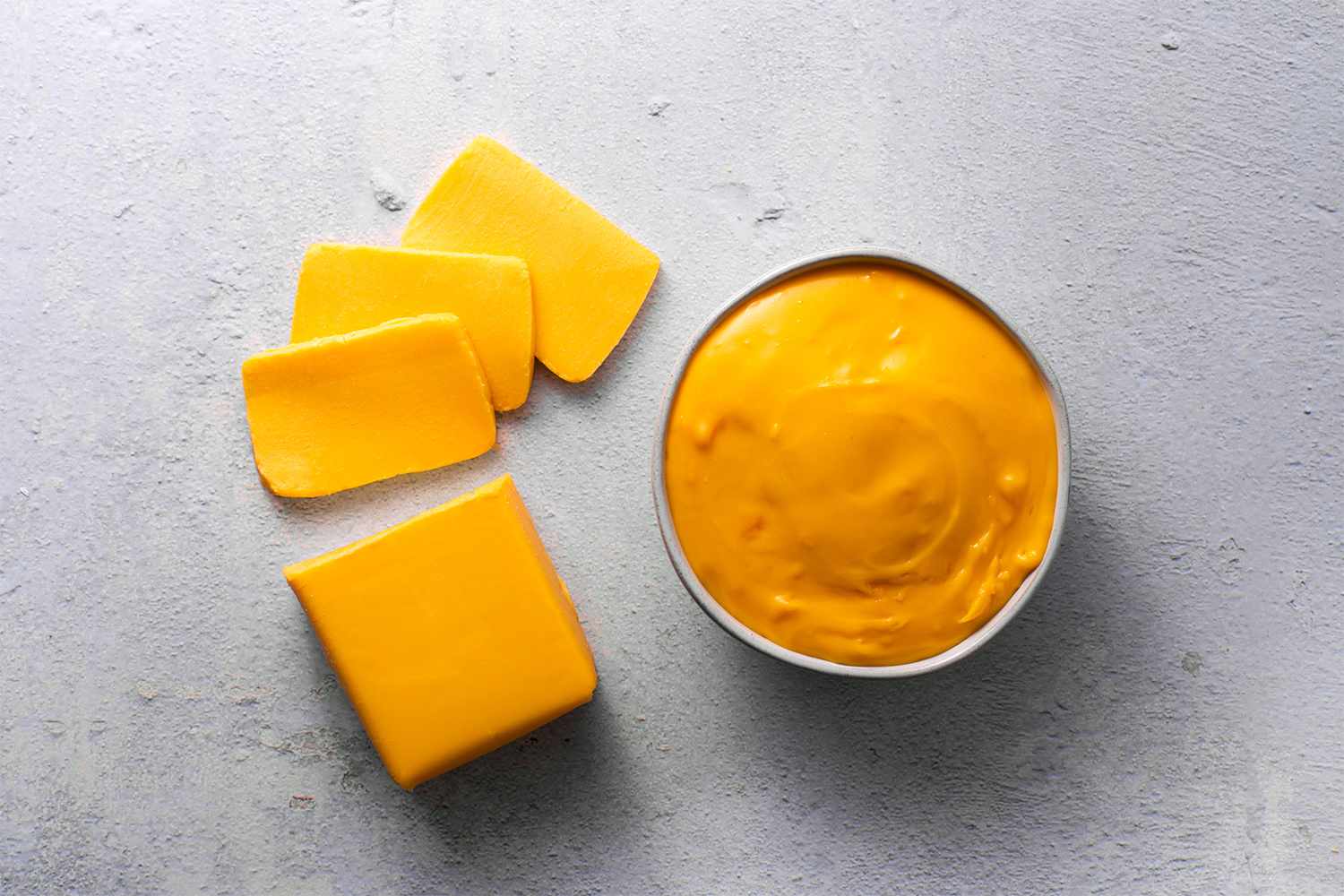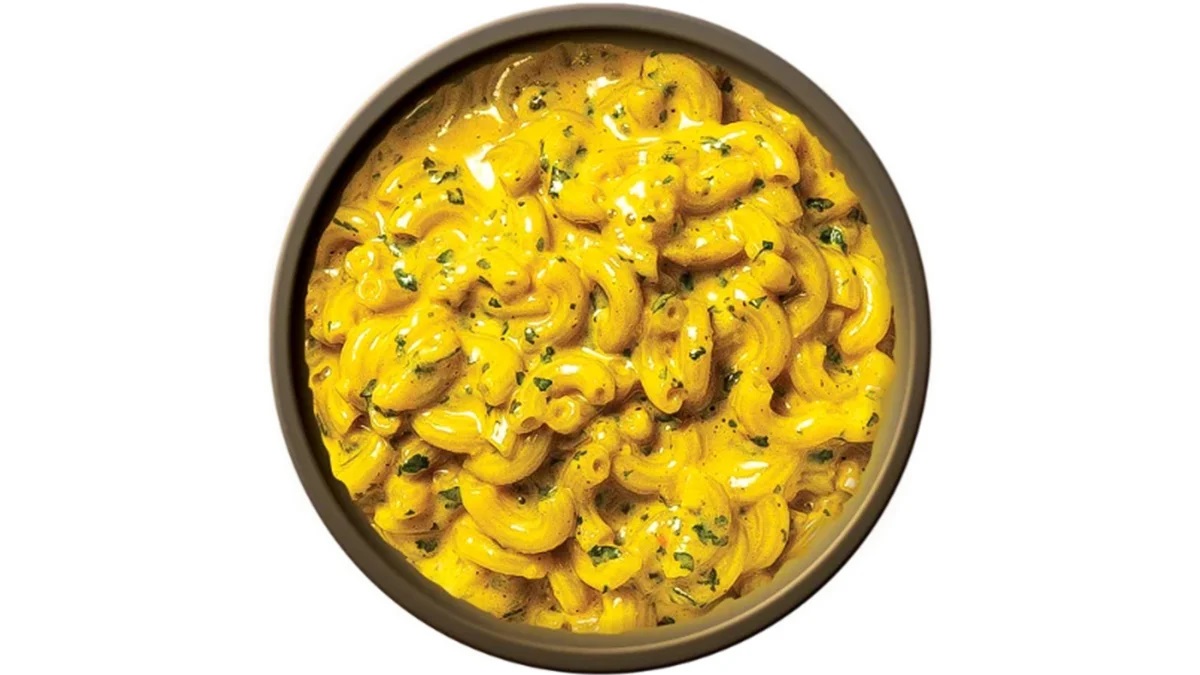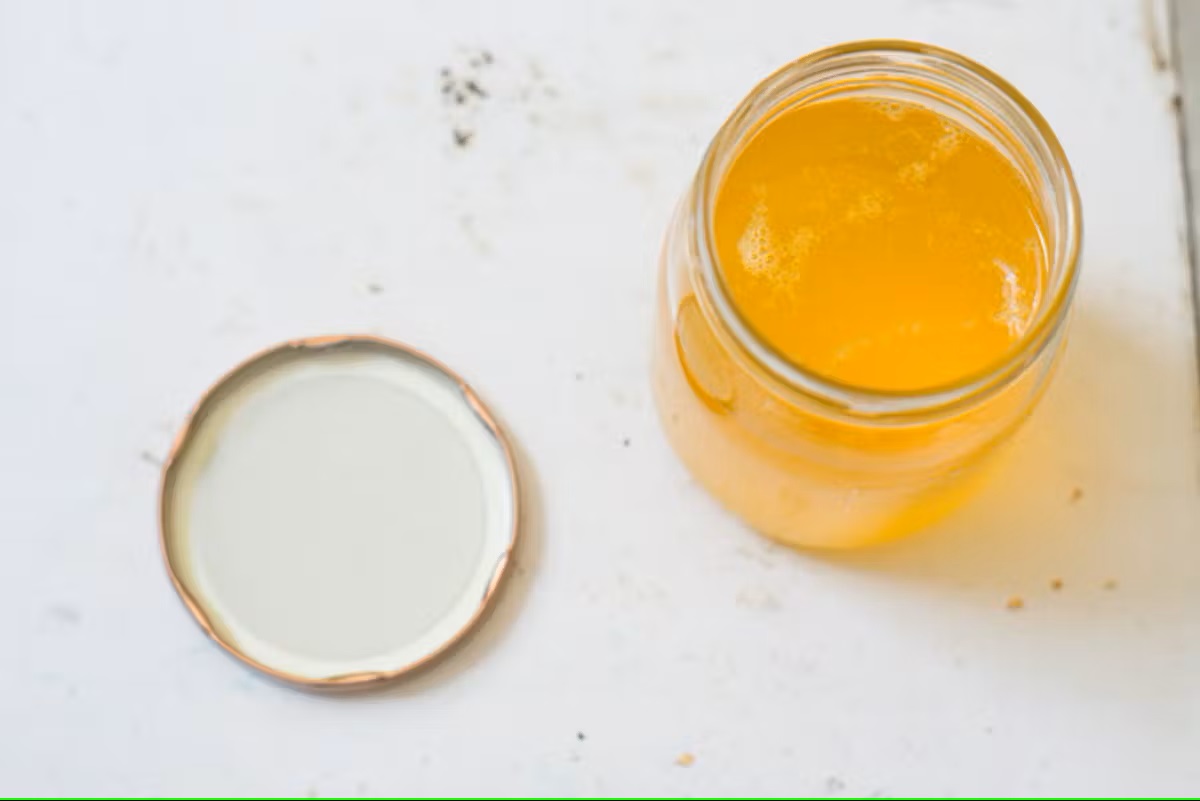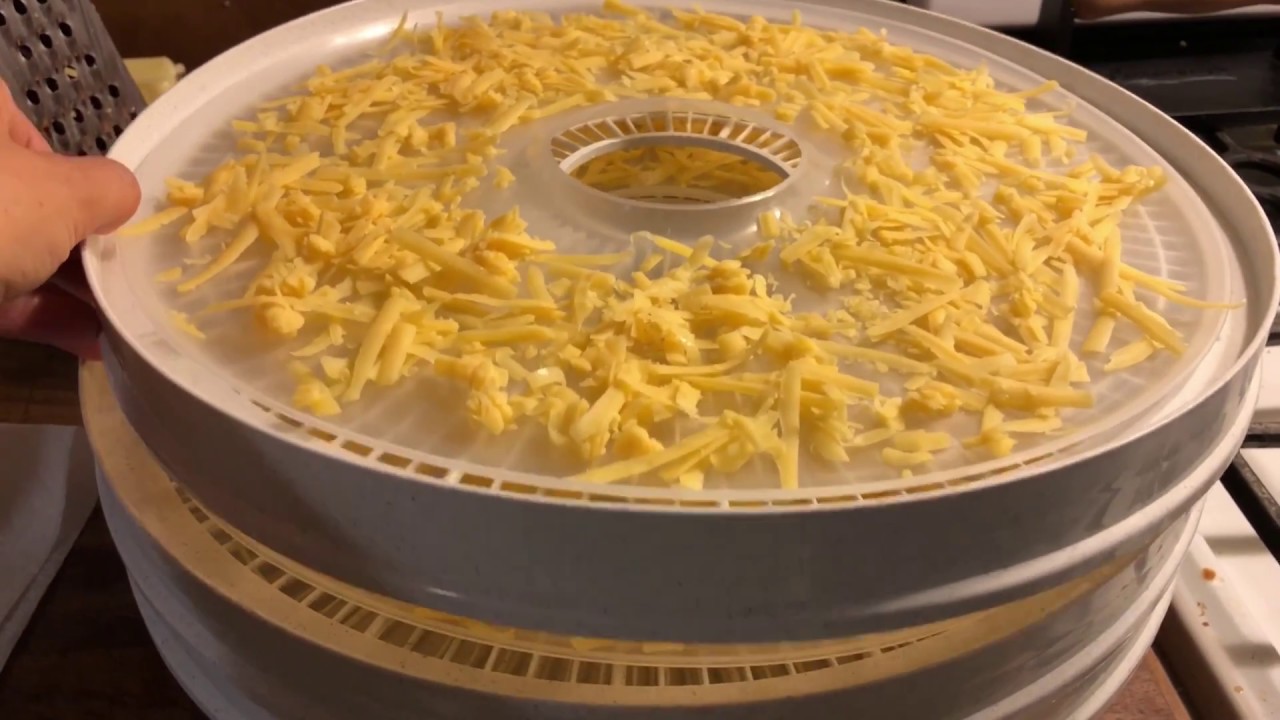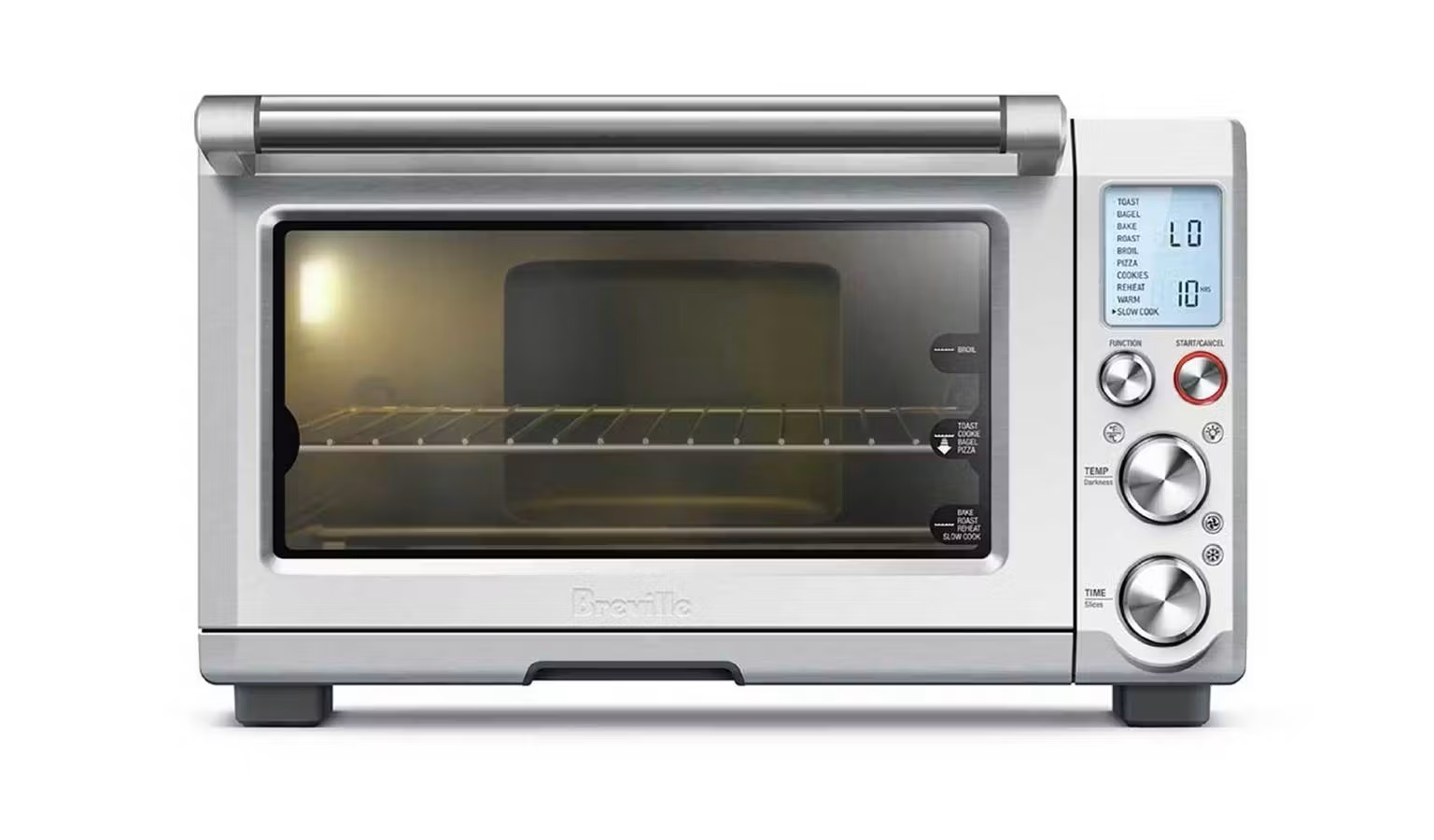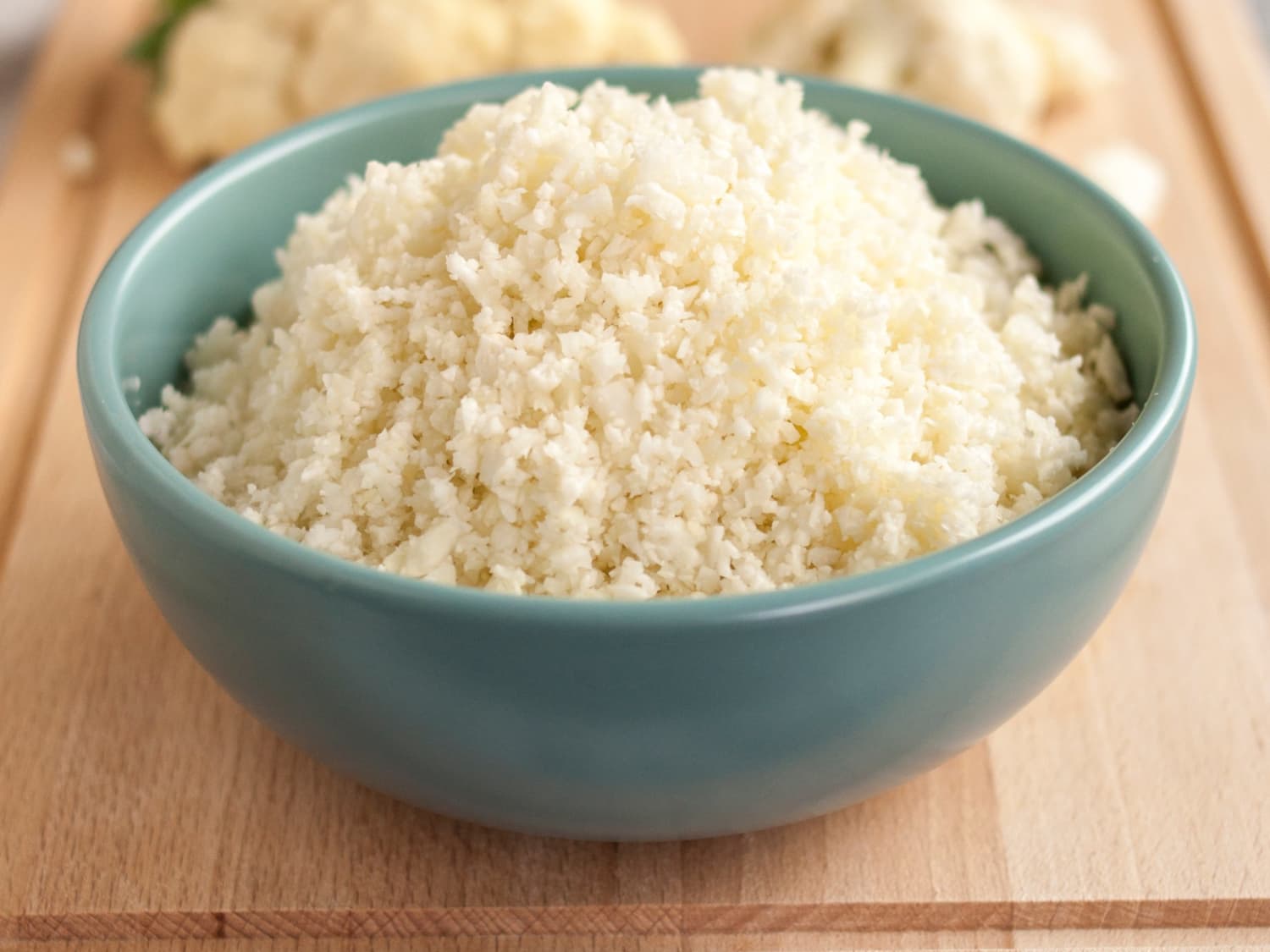Dehydrating Sour Cherries: A Delicious Way to Preserve Summer’s Bounty
As summer approaches, cherries come into season and offer a burst of sweet and tangy flavor. While enjoying fresh cherries is a delight, dehydrating them can prolong their shelf life and provide a delicious snack for months to come. In this guide, we’ll explore the process of dehydrating sour cherries, ensuring that you can enjoy their delightful flavor all year round.
Why Dehydrate Sour Cherries?
Dehydrating sour cherries offers several benefits:
- Extended Shelf Life: Dehydrating cherries removes the moisture, preventing spoilage and extending their shelf life.
- Convenient Snack: Dehydrated sour cherries make for a convenient, portable snack that can be enjoyed on the go.
- Versatile Ingredient: Once dehydrated, sour cherries can be used in various recipes, including baked goods, trail mixes, and salads.
Steps to Dehydrate Sour Cherries
Follow these simple steps to dehydrate sour cherries at home:
- Prepare the Cherries: Wash the sour cherries thoroughly and remove any stems or leaves. Pat them dry with a clean towel.
- Pit the Cherries: Using a cherry pitter, remove the pits from the cherries. This step is essential for ensuring uniform drying.
- Slice the Cherries: Slice the pitted cherries in half to expose the flesh, allowing for efficient dehydration.
- Pre-Treat (Optional): To prevent browning, you can pre-treat the cherries by soaking them in a solution of lemon juice and water for a few minutes.
- Arrange on Dehydrator Trays: Place the prepared cherries in a single layer on the dehydrator trays, ensuring that they are not touching each other.
- Set the Temperature: Set the dehydrator to a temperature between 125°F to 135°F (52°C to 57°C) for optimal drying.
- Monitor the Drying Process: Check the cherries periodically and rotate the trays if necessary to ensure even drying.
- Test for Dryness: The cherries are fully dehydrated when they are leathery and slightly pliable, with no signs of moisture.
- Cool and Store: Allow the dehydrated cherries to cool completely before transferring them to airtight containers for storage.
Storing Dehydrated Sour Cherries
Proper storage is crucial for maintaining the quality of dehydrated sour cherries:
- Airtight Containers: Store the dehydrated cherries in airtight containers to prevent moisture absorption and maintain freshness.
- Cool, Dark Place: Keep the containers in a cool, dark place away from direct sunlight to preserve the flavor and texture of the cherries.
- Label and Date: Label the containers with the date of dehydration to ensure that you use the cherries within a reasonable timeframe.
Enjoying Dehydrated Sour Cherries
Once you have successfully dehydrated sour cherries, you can enjoy them in various ways:
- Snack: Enjoy the dehydrated cherries as a healthy and flavorful snack on their own.
- Baking: Incorporate the cherries into baked goods such as muffins, scones, and granola bars for a burst of tart sweetness.
- Trail Mix: Combine the dehydrated cherries with nuts, seeds, and dried fruits to create a delicious trail mix for hiking or snacking.
- Cocktails and Mocktails: Add the cherries to cocktails or mocktails for a pop of color and flavor.
Conclusion
Dehydrating sour cherries is a simple and rewarding process that allows you to enjoy the flavors of summer throughout the year. By following the steps outlined in this guide and properly storing the dehydrated cherries, you can elevate your snacking and culinary experiences with this versatile ingredient. Embrace the abundance of summer cherries and savor their delightful taste in dehydrated form!
For those eager to put their dehydrated sour cherries to good use, there are numerous recipes to try. One standout is the Dehydrated Sour Cherry and Almond Granola Bars, a perfect snack for busy days. Sweet and tangy, Sour Cherry Chocolate Chip Cookies offer a delightful twist to a classic treat. Sour Cherry and Walnut Muffins are another fantastic option, blending the tartness of cherries with the richness of walnuts for a delicious breakfast or snack. For a more savory dish, the Sour Cherry and Honey Glazed Chicken offers an unexpected, but delightful, flavor combination. Lastly, Sour Cherry and Dark Chocolate Brownies are a must-try for anyone with a sweet tooth, combining the intense flavors of dark chocolate with the tartness of sour cherries for an indulgent dessert.
Was this page helpful?
Read Next: How To Dehydrate Chicken For Cat Treats
